My over-60-travel cohorts are bursting to return to the road, but we pretty much agree that it is still too early to travel. So, many of us have been returning to our memories and daydreams again and again.
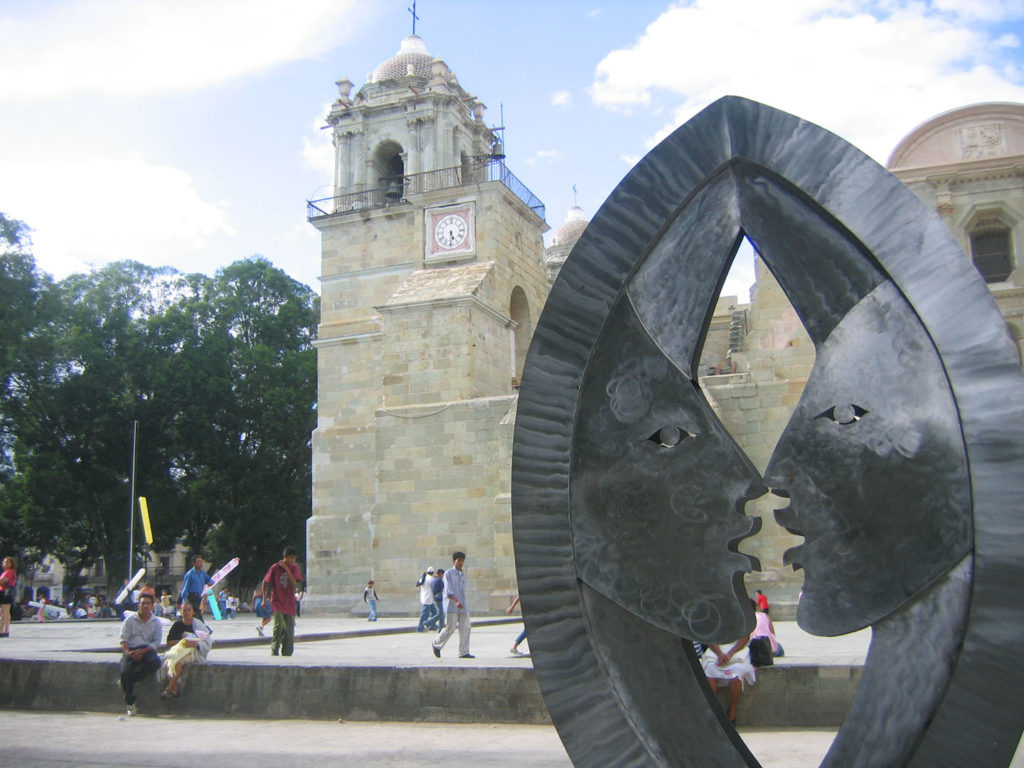
Sometimes I remember revelatory moments in my travels, sometimes I dig deep and find fear or discomfort or joy and inspiration. I’ve written blogs about several horrible trips from long ago (When Dreams Become Reality, Then Become Hell, Part 1 and Part 2: Traveling to Tibet in 1987; The Summer From Hell: Worst Trip I Ever Took, Part 1 and Part 2).
My Oaxaca, Suzanne, and Chango
This blog, however, is about a great trip that is still very alive in my heart and soul—especially because of Chango.
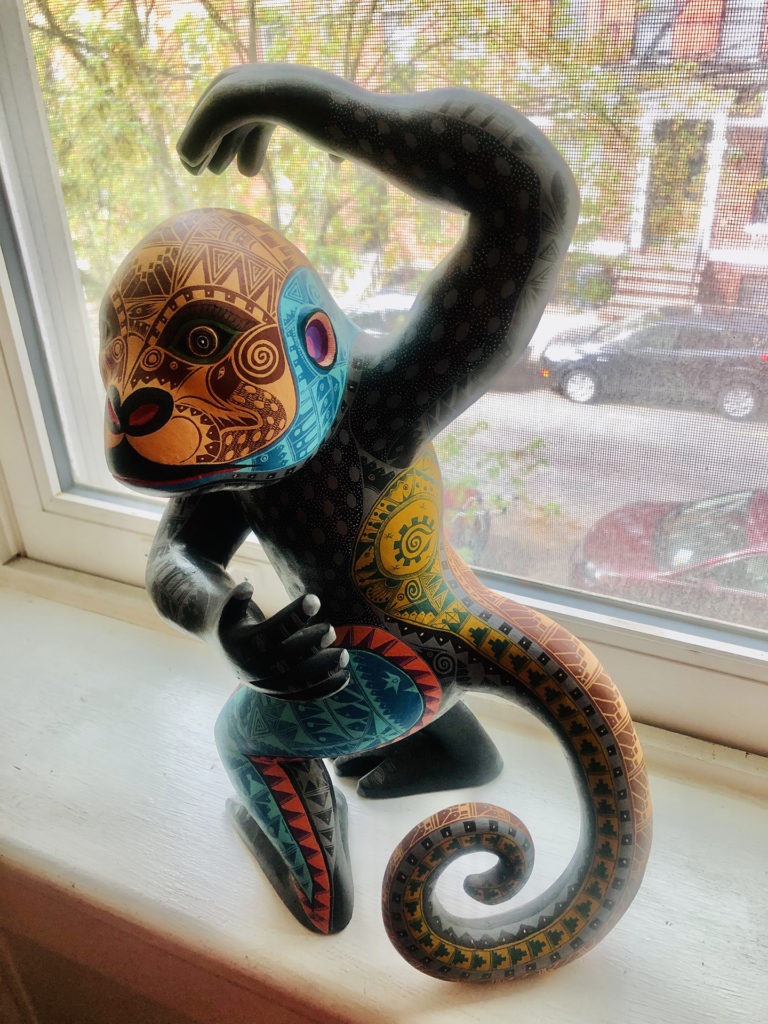
This trip was to Mexico—Oaxaca, to be specific—but my memories are also about a person—our long-ago (2005) guide in Oaxaca, Suzanne Barbezat.
Suzanne actually led us to Chango, who began as a lowly hunk of wood and ended up being delivered to us across the miles in a crate. But more about him in a little while.
The Best City in the World, According to 25th Annual Travel + Leisure’s 2020 Poll
First, a bit about Oaxaca, which is the name of both a state and its capital city, located about 290 miles southeast of Mexico City. In 1987 the city of Oaxaca and the Monte Albán archaeological zone nearby were designated a Unesco World Heritage site.
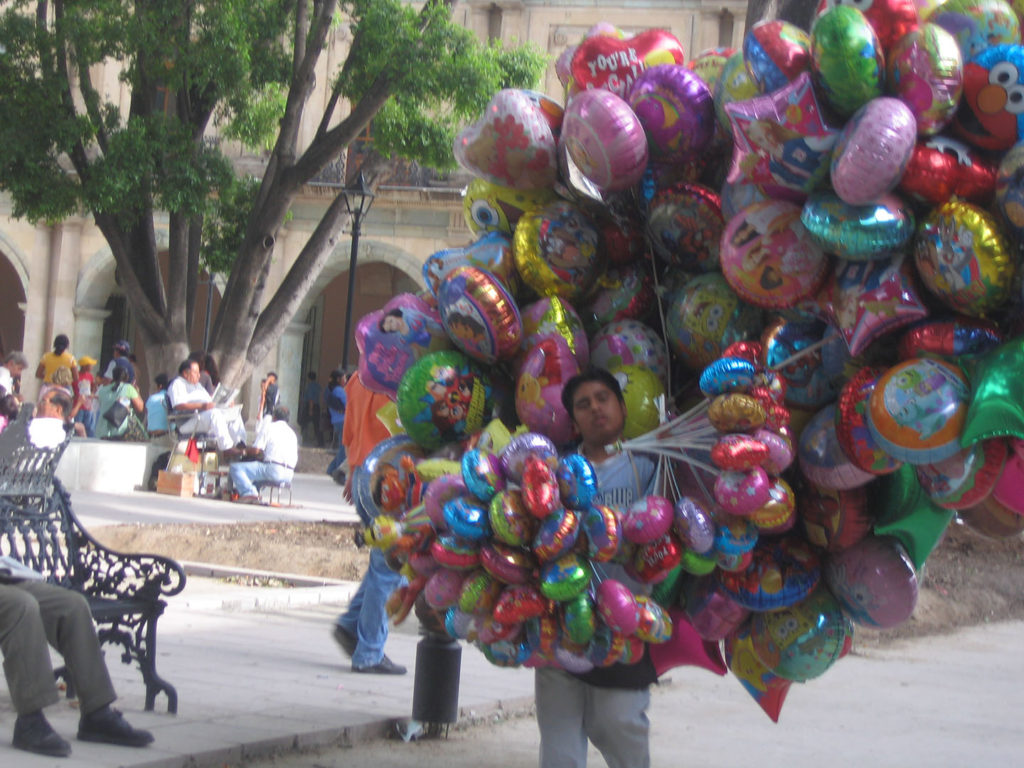
The Zócalo (Plaza de la Constitución) in Oaxaca has served the city as a lively central hub for over 500 years. On weekends the atmosphere is ideal for people watching, with its benches, fountains, and shade trees. An array of museums, cathedrals, markets, and shops line the city’s cobblestone walkways.
Tourists and residents flock to Oaxaca’s many and varied restaurants—the city is considered by many to be the gastronomic capital of Mexico. Oaxacan cooking is especially known for its many varieties of mole, that complex and delicious sauce that is often served with chicken.
The tianguis, or weekly open-air markets, have been a Mexican tradition since pre-Hispanic times. You can venture farther outside the city if you want to visit several other major traditional markets, in Ocotlán, Zaachila, and Tlacolula.
The Mixtec-Zapotec Empire
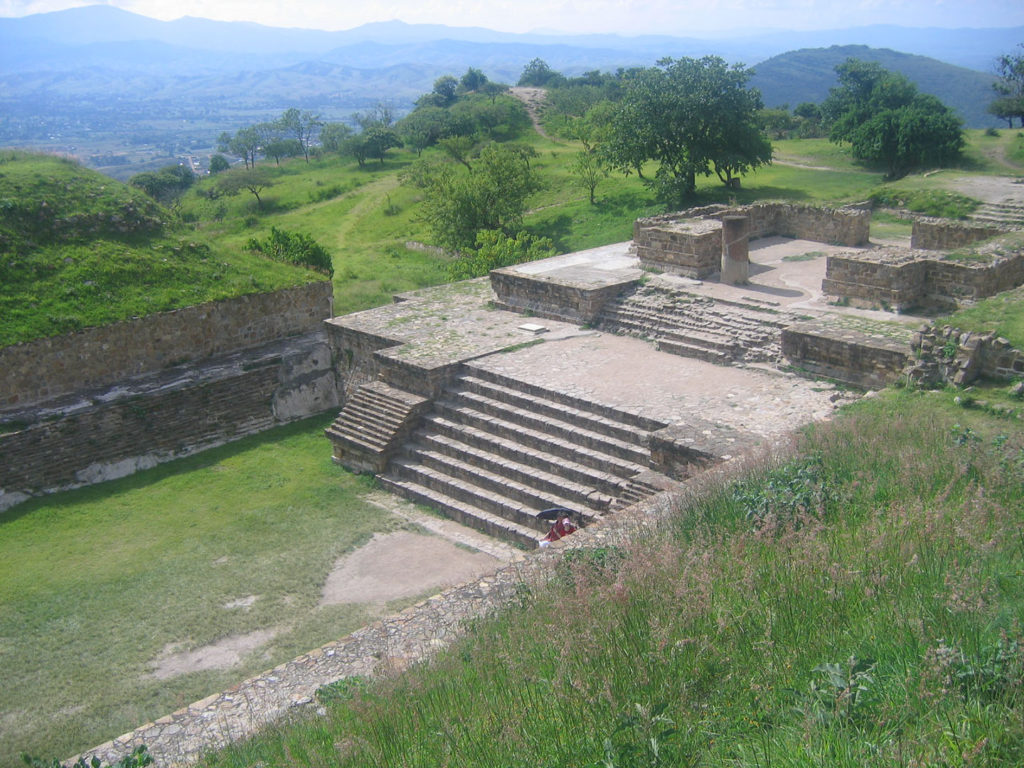
About five miles outside of Oaxaca is Monte Albán, which was the capital of the ancient Mixtec-Zapotec empire. The city came to dominate the Oaxacan highlands around 400 BCE and its influence as a major political and economic center lasted for nearly one thousand years.
Mitla (which means place of the dead) is a town in Oaxaca that was built around 850 CE; it is known for its unique ancient architecture and tile mosaics from Zapotec and Mixtec cultures.
Today there are many diverse indigenous groups in Oaxaca, and every group has hundreds of subgroups, each of which has unique languages and traditions.
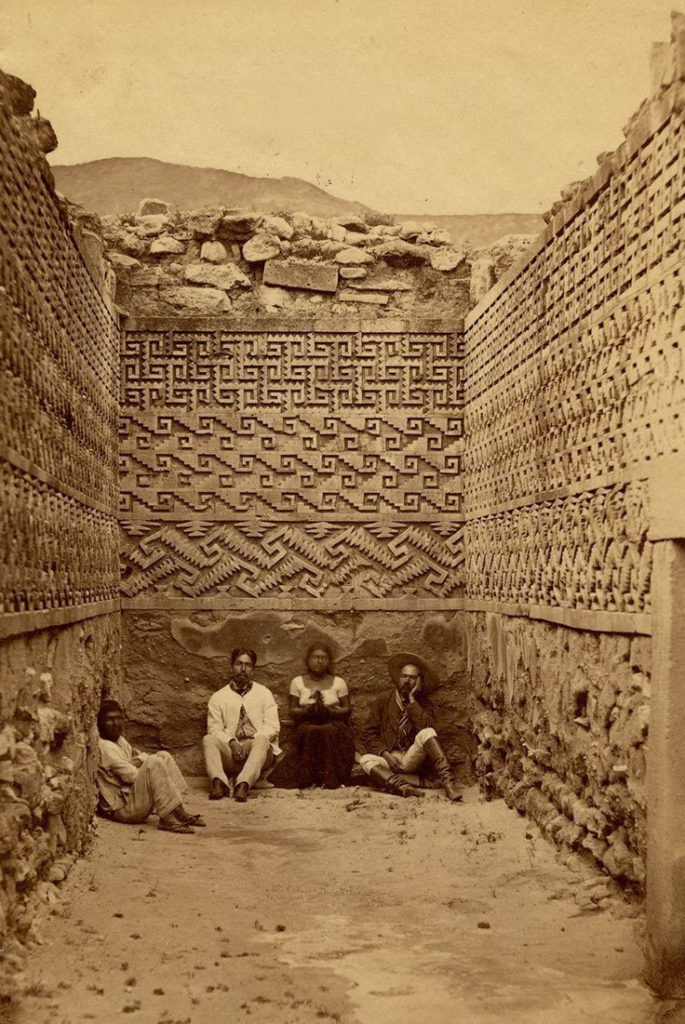
Oaxaca also has more than 300 miles of Pacific Coast beaches, including Puerto Escondido and Bahías de Huatulco. Beach towns in Oaxaca are destinations for travelers from all over the world.
Planning for Oaxaca
I carefully planned the trip to Oaxaca 15 years ago for my husband, my 14-year-old daughter, and myself. Neither my husband nor my daughter had traveled in Central America before. I wanted to make sure that they both felt comfortable—but that they could also soak in the art, architecture, history, and language of a very different culture.
A car was a necessity, I thought. There were places we wanted to see that were outside the city, and we only had a relatively short time. Of course I also wanted someone highly recommended.
Suzanne’s Journey From Montreal to Oaxaca
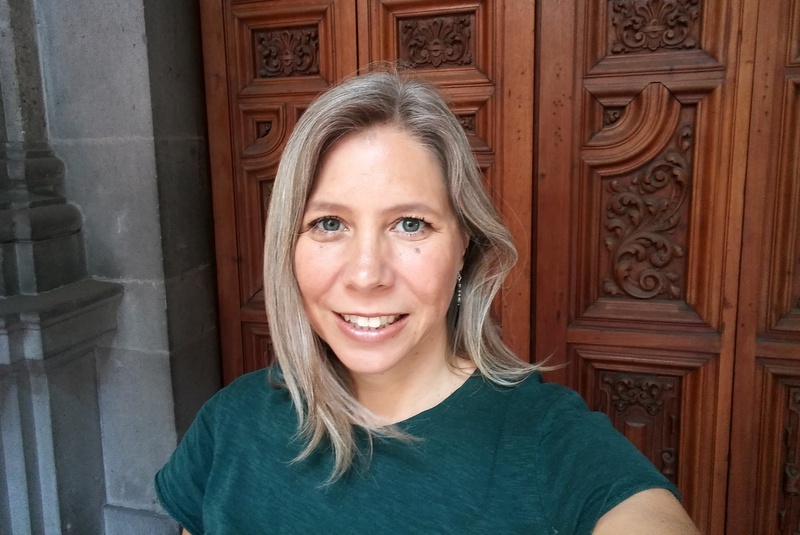
Luckily I came across Suzanne Barbezat. Suzanne may have looked like a strange choice as a personal guide in Mexico. She was born and grew up in Montreal, Canada (where she received a degree in anthropology from McGill University) and did not have Mexican heritage.
I asked her what first drew her to Mexico, and this is what she said:
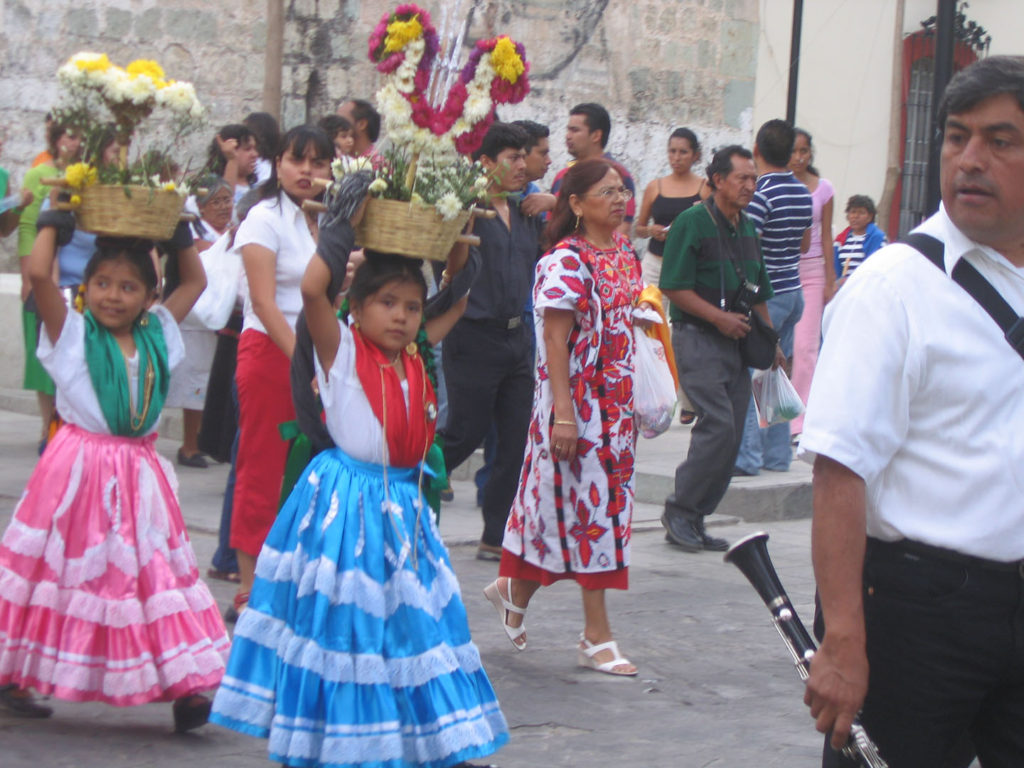
“The moment I walked into the Zócalo in Oaxaca, I felt that it was a very special place. So, part of it was immediate, and probably more than anything an appreciation of the vibe of the place, tranquil yet somehow festive, even in the middle of the day on a weekday. I spent the rest of the day exploring the city and the next day I went to Monte Albán. Everyone I met, both locals and other travelers, were very friendly and open. That was what first spoke to me, and it was a particular feeling about Oaxaca, but over time, my appreciation has grown and expanded to encompass the whole country.”
But Suzanne told me that she almost missed the best part of Oaxaca. She was planning to leave after a few days but ran into some visitors who told her what she needed to see before she moved on.
“They started telling me about everything they had seen and done. It sounded good to me, and when they spoke of Monte Albán, I thought I should take the opportunity to go and see it, since it’s so close to the city. So the next morning I got up early and took a bus to the archaeological site by myself. Up at the archaeological site, a tour guide offered me a tour. He’s now my husband. (It was a good tour.)”
Discover Oaxaca
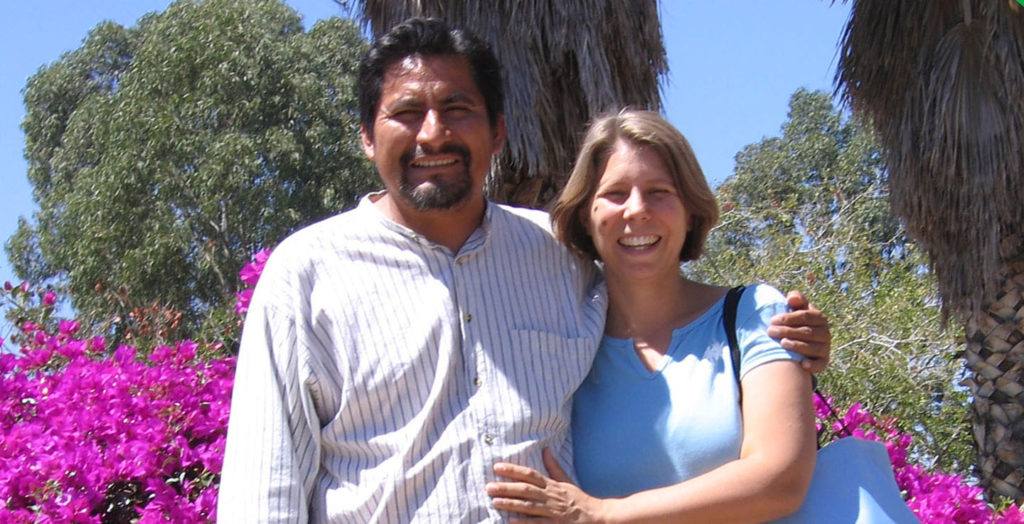
Suzanne and her husband Benito Hernandez own a travel company, Discover Oaxaca, and through their work they are able to share their love of the culture and traditions of Oaxaca and beyond.
Benito, who has Zapotec lineage, is an expert on the history, culture, and traditions of Mexico and is also a popular guide for birding and nature tours all over Mexico.
Suzanne balances her work as a guide with writing about travel and food for online and print, and, more recently she wrote a well-received book about artist Frida Kahlo (Frida Kahlo at Home, 2016). The couple have two children who often travel with them in their explorations of Mexico.
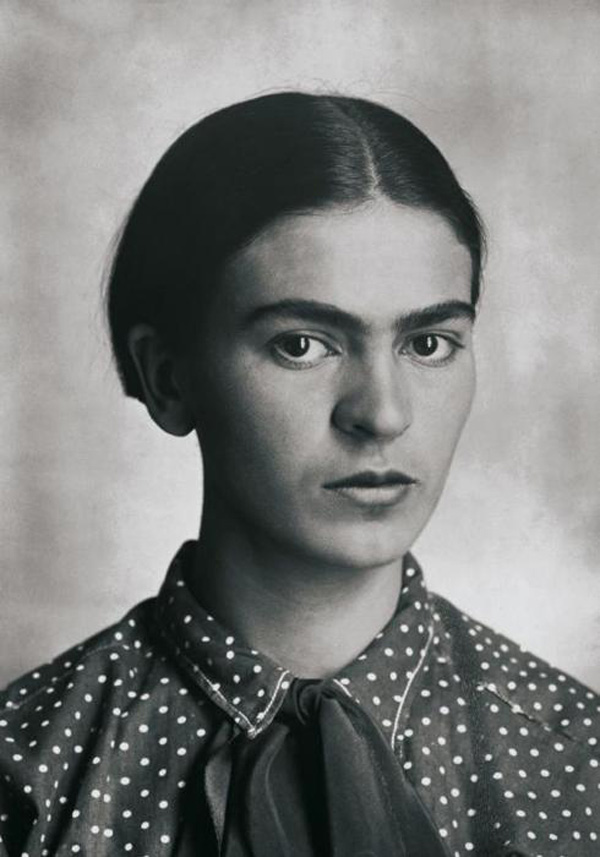
Our Journey
For two days in 2005 Suzanne drove us around to visit the homes and workplaces of artists and artisans outside the city.
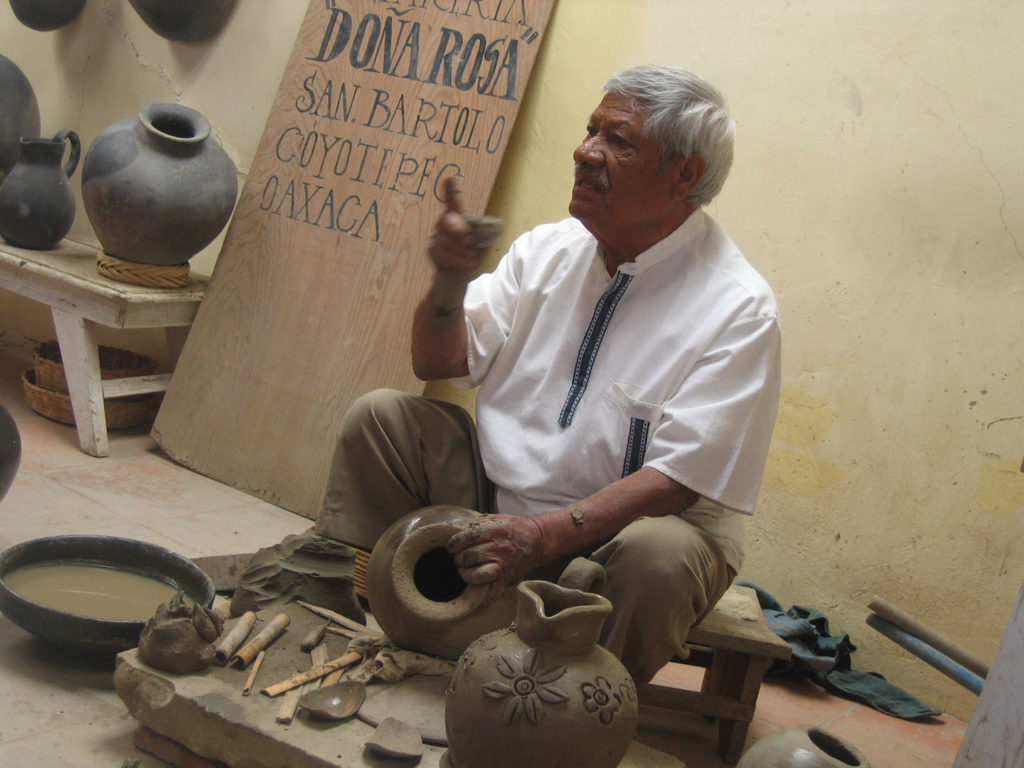
She took us to San Bartolo Coyotepec, a village known for black pottery, to Santo Tomás Jalieza to see weaving on a backstrap loom, and to Ocotlán, the hometown of famous painter Rodolfo Morales, who combined vividly-colored dream figures of his childhood with magical realist sensibility. The most memorable place for us was San Martín Tilcajete, known for its woodcarving.
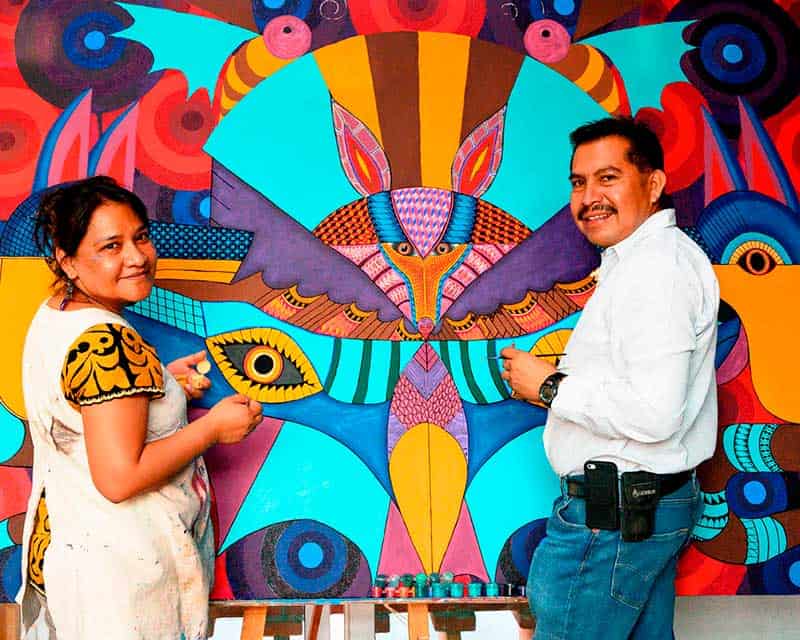
There we met the man who created our beloved Chango. Jacobo Angeles is a master of carving alebrijes, animals and mythological figures carved and decorated with geometric designs and indigenous symbols of the Zapotec tradition. The alebrijes are made from copal wood worked only with hand tools such as machetes, chisels, and knives.
Jacobo showed us around his studio and then asked us questions about our choices of color, design, and size. As with many of his sculptures, he created Chango from just one piece of wood.
Chango Comes Home
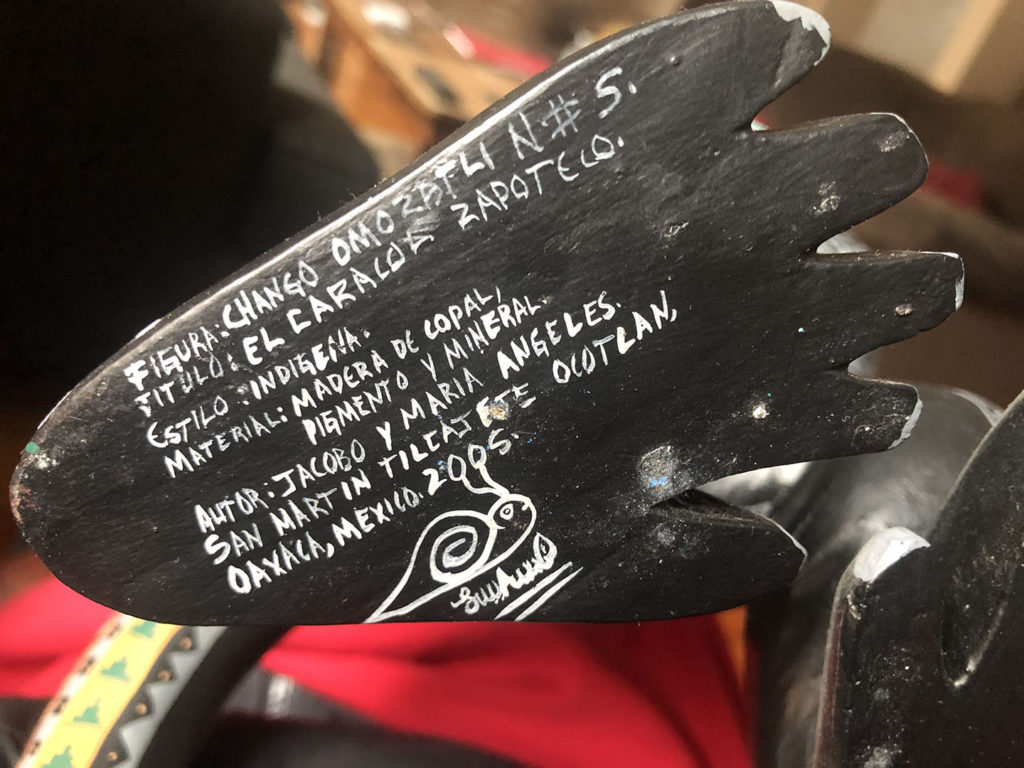
Months later my daughter, her friend, and I received the delivery of a wooden crate. We unpacked it and carefully removed our traveler and, for 15 years, our most honored guest. Every time I look at him, I am amazed at the artistry of Jacobo, his wife María, and their family. It continues to bestow the gift of the color and beauty of Oaxaca in our urban New Jersey abode.
I’m in touch with Suzanne still. She often asks when we will be returning to Oaxaca, and I keep saying “SOON.” In truth, I have no idea when we’ll be back—-because of Covid, general health, my constant dream of visiting places I have not been to yet, and the vicissitudes of Life. But Oaxaca is with me every day; I am transported there every time I look at my alebrije pal, Chango.
